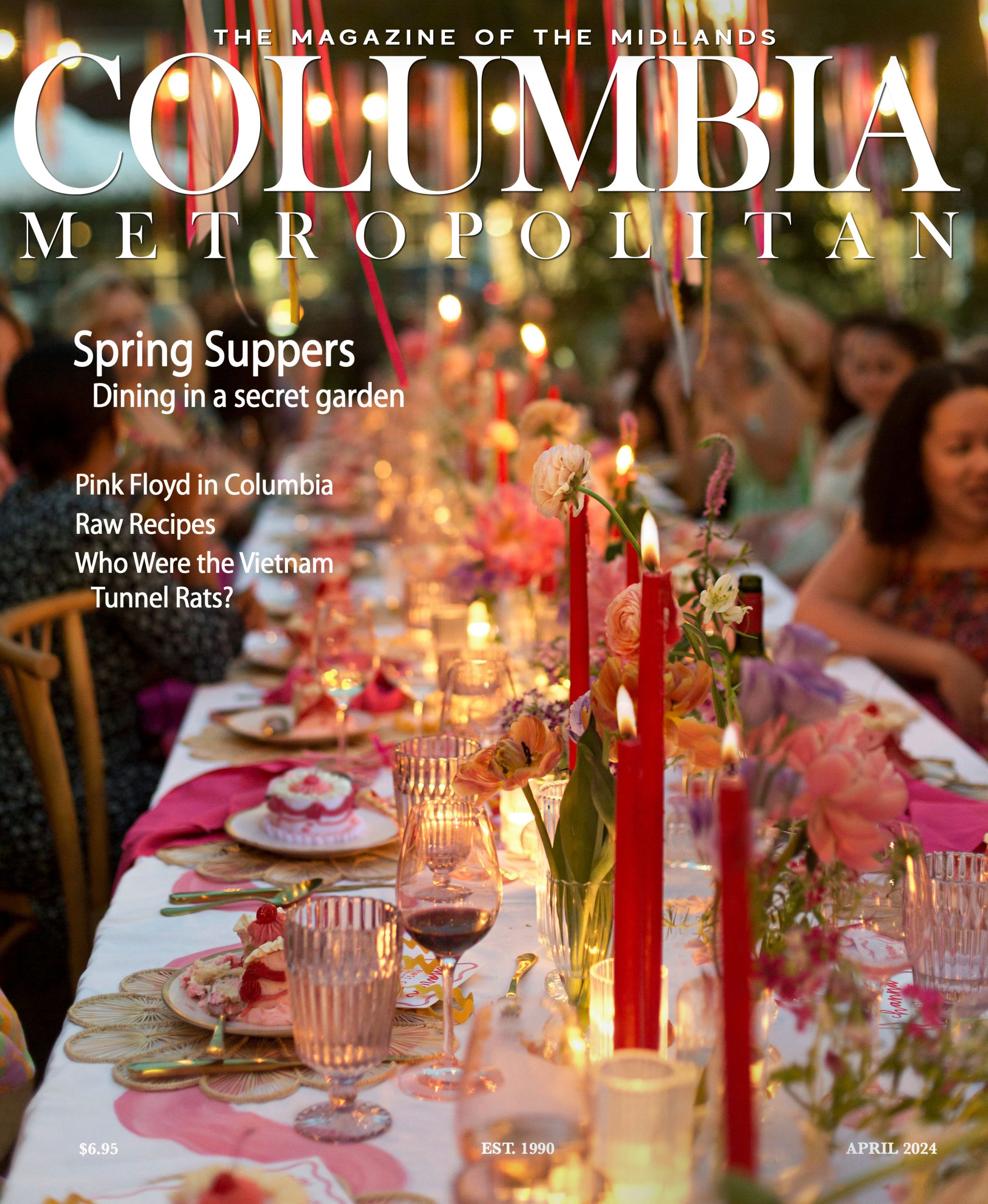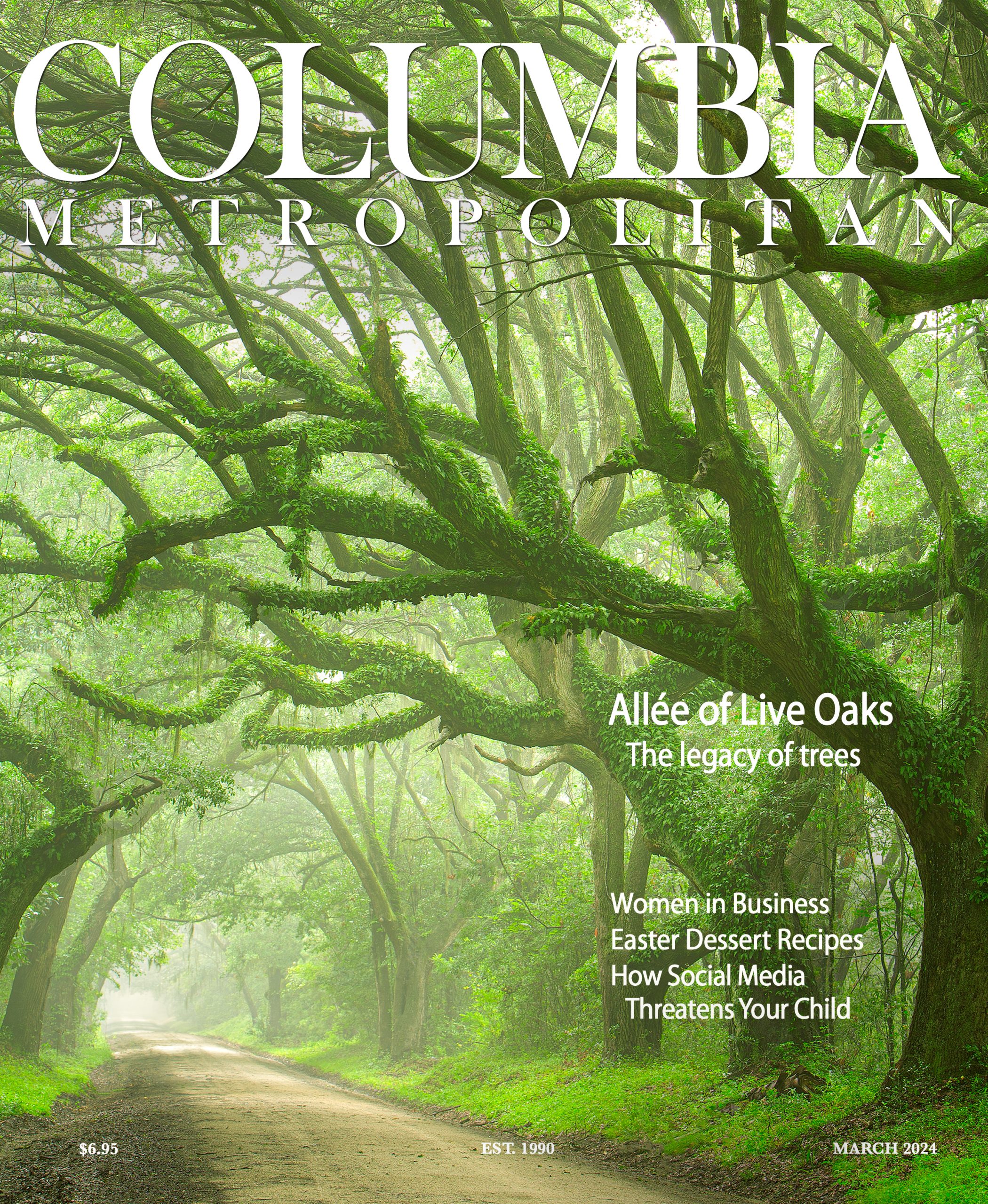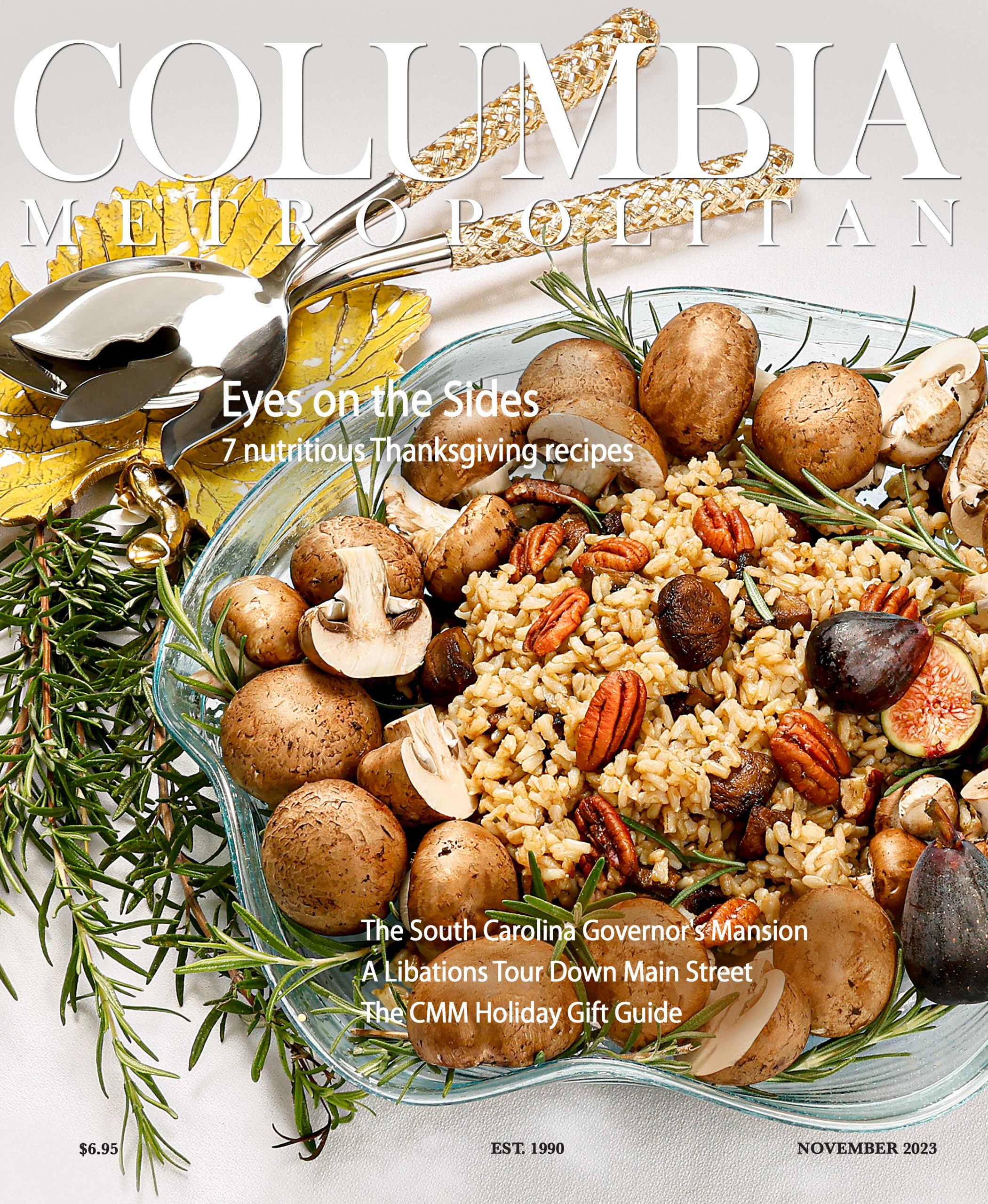
The S.C. collard is easy to grow, is a great pollinator plant, has many distinct methods of cooking, freezes well, and was one of the state’s “saviors” in the Great Depression.
Chosen as the South Carolina state vegetable in 2011, the collard (Brassica oleracea) has a long history. Its name likely comes from a long-standing dialectical pronunciation of the word “colewort,” defined merely as “cabbage” in the 18th century Walker’s Dictionary. In 1709, John Lawson described the wealth of both wild and cultivated greens in the colony in A New Voyage to Carolina. A Massachusetts traveler in coastal North Carolina in the 1840s noted collards often growing in the winter gardens of modest rural homesteads. He was not impressed and called them “miserable.” Southern cooks today would disagree, however, and South Carolina has now elevated the vegetable to the status of a noteworthy state symbol.
Two main forms of the collard include those that form stalks, sometimes called “run-up collards,” and those that form heads, called “heading collards” because they form heads similar to cabbage at their center. As is the case with many subjects in South Carolina, the distinction seems to divide along geographical lines, perhaps largely determined by soil type. Lowcountry folk, on sandy soils, tend to know and grow the run-ups. In Newberry County and above, on heavier soils and in cooler temperatures, the dominant form is the heading collard. Some octogenarian farmers in the Dutch Fork area above Columbia look with disdain on the run-ups, which they associate with growers of lower class status.
Thus, it seems that the simple old collard is not so simple after all. Local food ways and customs make the collard a rather sophisticated vegetable.
The various manners in which the vegetable is prepared are also distinct. Some prefer an uncomplicated boiling of the leaves with a hambone, salted and peppered to taste and cooked until the leaves are dark and tender. The leaves are always torn for the pot, not shredded. Some cook the run-up variety with bacon or salt pork, vinegar, a little sugar or molasses, pepper, and perhaps a dash of Worcestershire sauce. One glory of the collard is that the dish cannot be spoiled if the cook uses common sense. The heading collard is sweet by nature, particularly after the frost, and needs no additional sweetening. The run-ups can, at times, be a little bitter and thus may benefit from a touch of sweetener.
Cooked collards freeze well and even improve with reheating for a second meal. The type of collard most commonly sold in stores is the run-up, but if you can find a farmer who will cut heading collard from his fields or bring it to market, it will be worth the trouble and can measure an incredible 3 feet across. Owing to the heading collard’s resemblance to cabbage, some farmers make a form of collard sauerkraut as a means to preserve a super abundance of the vegetable.
The ideal traditional accompaniment of the dish in South Carolina is a large cast-iron pan of hot golden cornbread adorned with butter. With the collard’s “pot liquor” — the vitamin-filled collard broth — heavily endowed with ham stock and small pieces of ham, the cook has a complete meal. This hearty fare, with black-eyed peas, saved many a South Carolinian from hunger in the hard times during and after wars and in the Great Depression. In this way, it may be called one of the state’s “saviors.”
Collards are easy to grow and are ideally suited for a small urban garden. Farmers in the Dutch Fork area typically sow their seed in late July or early August for planting out in early fall. The plants are frost- and freeze-proof in central South Carolina. If left to bolt in spring of the following year, the collard plant’s beautiful spikes of yellow flowers are insect-pollinated and are greatly treasured by large numbers of the native black bees that apparently share the farmer’s love of the state vegetable. It is one of the great unsung pollinator plants. The seed, if left to mature, can be dried and saved for planting next year’s crop.
A venerable South Carolina food tradition is that collards cooked on New Year’s Day and served with black-eyed peas will bring good luck and a wealth of silver and greenbacks during the following year. This widespread belief reconciles Upcountry and Lowcountry, for the citizens of both agree that a steaming bowl of the state’s vegetable on a wintry New Year’s Day is a tasty, economical way to both health and wealth.










